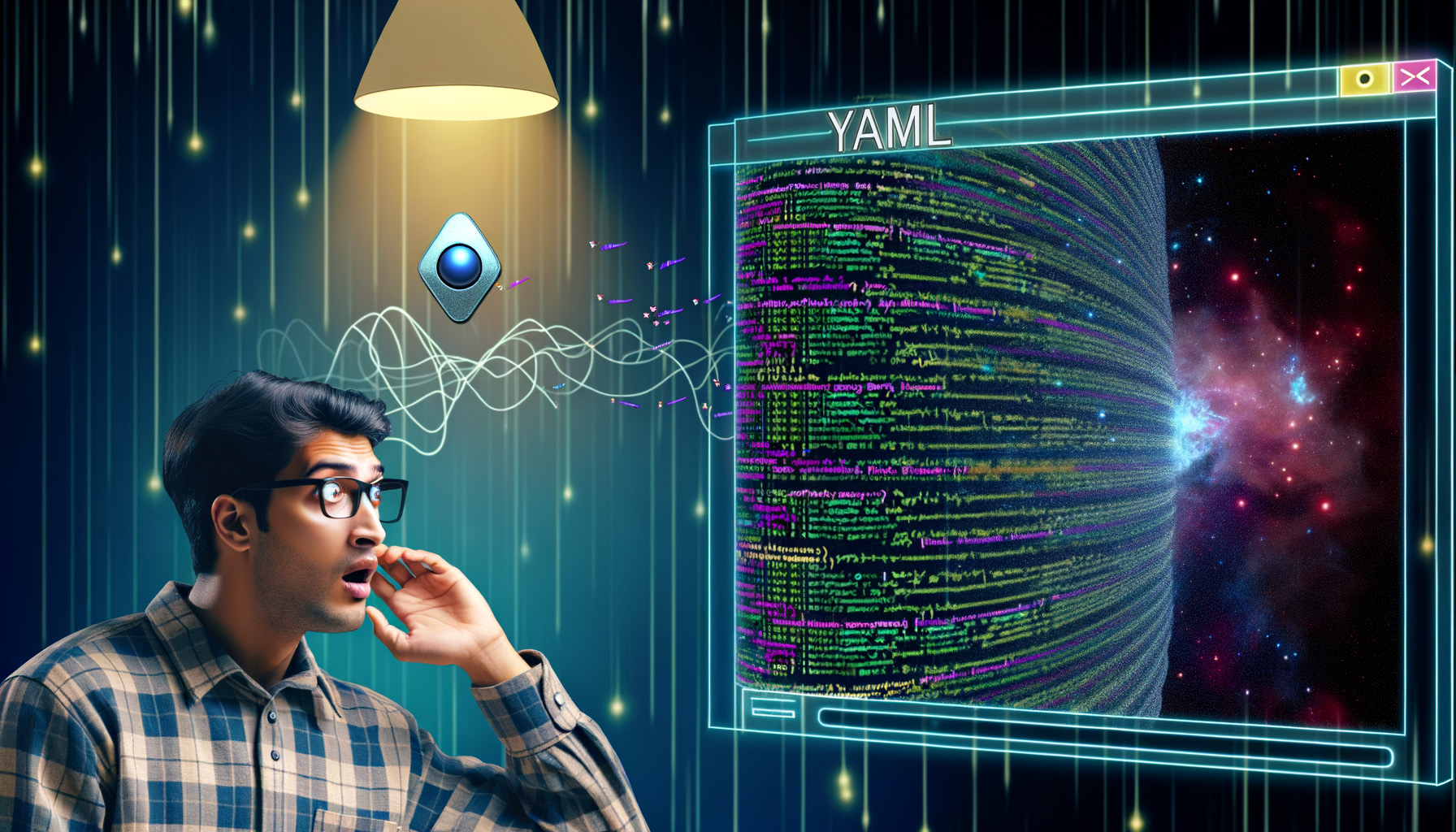Transitioning from Backend Developer to DevOps Engineer
 Jaakko Leskinen
Jaakko Leskinen
🚀 So, you’ve been slinging backend code for years—APIs, databases, the occasional battle with an inexplicably slow query. Life is good. Predictable. Safe. But then, like a rogue AI sent to upend the system, DevOps sneaks into the picture. Suddenly, your world isn't just about writing code. It's about keeping it alive in the wild, dodging outages, automating everything, and realizing that YAML is both a tool and a trap.
Welcome to the neon-lit, coffee-fueled odyssey of transitioning to DevOps. It’s part cyberpunk thriller, part existential crisis, and entirely worth the ride.

Act One: Leaving the Backend Comfort Zone
The neon glow of Alex’s monitors flickered against the rain-streaked window. For years, they had been a code-slinger in the metropolis of backend development—crafting APIs, optimizing databases, and ensuring services ran smoother than a high-speed train on greased rails.
The world was structured, predictable, and safe… except for the occasional semicolon-induced catastrophe. But the city was changing. The monolithic towers of old were being replaced by a sprawling labyrinth of microservices, cloud deployments, and pipelines that hummed with the eerie precision of an automated dystopia.
Somewhere between the flickering terminals and whispered rumors of DevOps, Alex saw the future. It wasn’t just about writing elegant code anymore; it was about making sure that code could survive the brutal back alleys of production.

Act Two: Facing the Realities of DevOps
Stepping into DevOps was like stepping into a noir novel where everything was written in YAML and the documentation was always slightly out of date.
Containers were the first puzzle. Docker promised neatly packaged microservices, but Kubernetes? That was a different beast—an eldritch horror of configuration files and arcane commands that required more than just luck to navigate.

Then came Infrastructure as Code (IaC). Terraform and Ansible held the promise of declarative infrastructure, but wielding them felt like hacking into an encrypted mainframe with nothing but a rusty terminal and a strong cup of coffee. One misstep, and the cloud bill skyrocketed faster than a rogue AI gaining sentience.
CI/CD pipelines lurked in the shadows, whispering promises of automated deployments and seamless integration. Alex dove in, setting up Jenkins, GitHub Actions, and GitLab CI/CD, only to find that pipelines were as fickle as an underground informant—cooperative one day, mysteriously failing the next, with no explanation other than a vague error log that might as well have been written in Martian.
Act Three: Embracing the DevOps Mindset
The real revelation? DevOps wasn’t just about wielding powerful tools—it was about understanding the flow of information, the symphony of automation, and the delicate art of not breaking everything with a single push to production.
Communication became a lifeline. Developers, ops engineers, and security teams no longer operated in silos; they navigated the cybernetic city together, exchanging encrypted messages (or just Slack DMs filled with memes and existential dread).
Observability and monitoring became daily rituals. Tools like Prometheus and Grafana offered glimpses into the machine’s soul, helping Alex decipher logs like a detective scanning security footage for clues. Debugging transformed into a shadowy investigation across distributed systems, hunting for the elusive culprit causing latency spikes at 2 AM.

Ultimately, transitioning from backend development to DevOps wasn’t about replacing one skill set with another but evolving into something more. It required continuous learning, adaptability, and the ability to stare into the abyss of YAML without blinking. DevOps wasn’t just a job—it was survival in an ever-changing digital landscape.
For backend developers considering the transition, the path is filled with challenges and the occasional existential crisis. But in a world that thrives on automation and resilience, knowing how to keep the system running without collapsing into chaos? That’s a skill worth mastering.

🔥 Welcome to DevOps. Keep your logs close, your rollback plans closer, and never—ever—trust a CI pipeline on a Friday. 🚀
Subscribe to my newsletter
Read articles from Jaakko Leskinen directly inside your inbox. Subscribe to the newsletter, and don't miss out.
Written by
